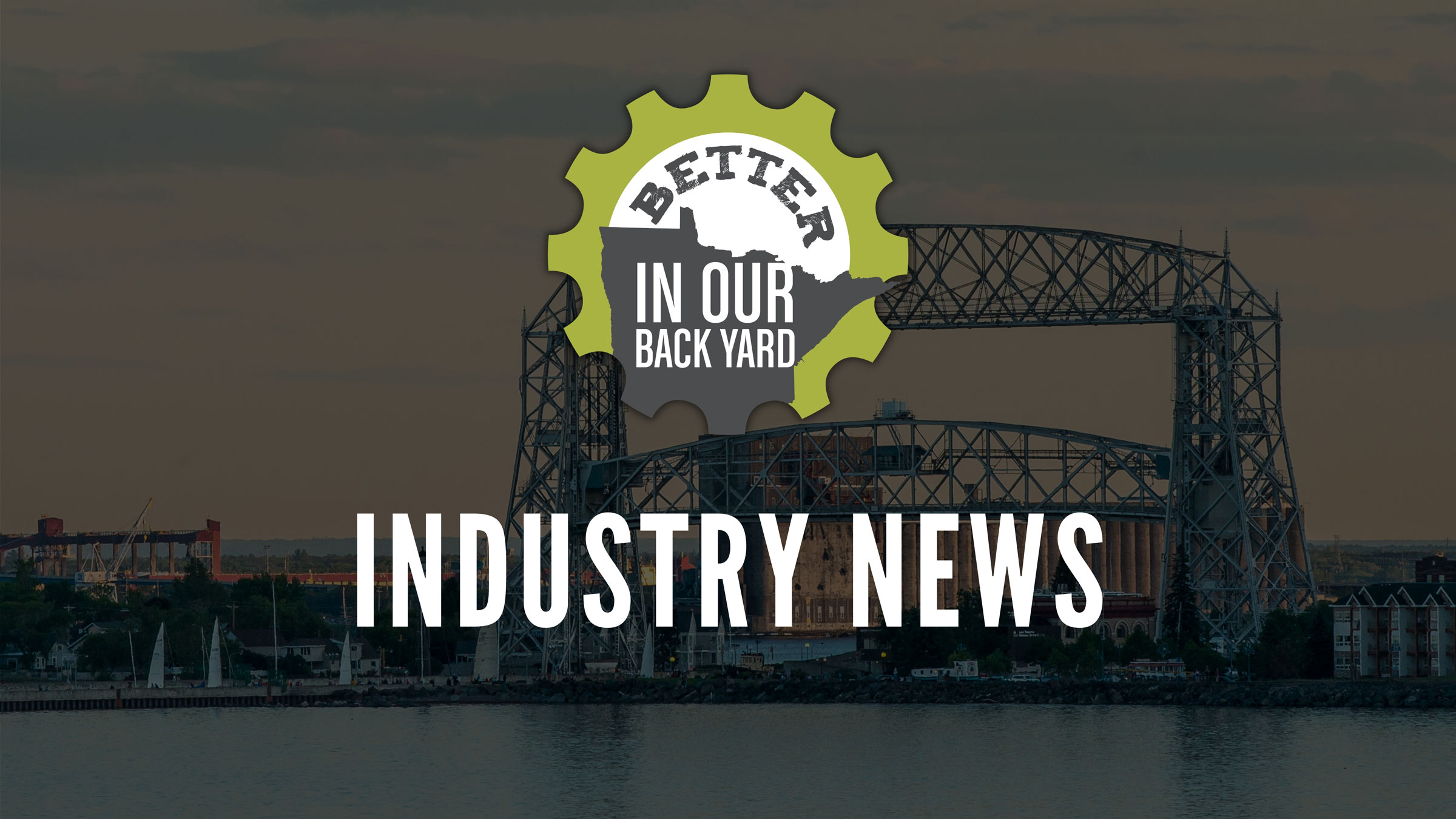Better In Our Back Yard writes today to express our concerns regarding the new wild rice sulfate standard proposed by MPCA. We care about wild rice and believe it’s important to protect the state grain, but we do not think either the current or proposed standard is necessary for many reasons:
Increasing Uncertainty
The MPCA recently admitted the current sulfate standard isn’t necessary to protect wild rice in many water bodies throughout Minnesota. Their attempt to create a new standard based on sulfide also raises significant concerns.
It is unclear whether wild rice will be more abundant after the standard changes. At a meeting earlier this year, an MPCA official was asked if the proposed standard would result in more abundant rice. Their answer stated that based on the research, there may be no benefit to the wild rice species. Why are we pursuing this new rule if the research shows that there could be no benefit at all?
The equation used to set proposed standard predicts the incorrect outcome up to one out of five times. This level of uncertainty is unacceptable. It doesn’t make sense to invest time and money in establishing a water quality standard that is not proven to protect wild rice.
Costly Investment
Research has also shown that there is only one water treatment solution to comply with either the sulfate or sulfide standard – reverse osmosis. Reverse osmosis water treatment facilities and equipment require a very high investment to install and operate – estimates from industry show it will cost billions of dollars. Compliance with the proposed standard would be costly and could result in the closure of some Minnesota iron mines due to the proposed investment to it. How would those closures affect our communities?
There is also a large investment to local communities, households and businesses in our region to comply with the standard. Other communities have proven that installing reverse osmosis systems increase water bills for individual citizens by a large margin. Can the region withstand even more utility bill increases?
Minnesota legislators had the same questions, which is why in the 2017 Session they passed legislation extending the MPCA’s timeline to complete an economic impact analysis before publishing the proposed rule. However, the MPCA chose not to do so, even though the economic impact analysis will be complete in May 2018.
It is irresponsible to move forward with either a sulfate or sulfide rule before determining how it will affect Minnesotans’ everyday lives – especially when it’s based on bad science that will fail to have the desired effect on wild rice crops 20 percent of the time.
Regional Strength and Prosperity
Iron ore mining is the strongest industry in northeast Minnesota. For more than 130 years, Minnesota’s iron mines have helped build our region, state, and nation. A sulfate or sulfide standard could have a large economic impact on the region, potentially taking attention and investments away from job growth and new projects in the area. More research needs to be done on the impacts any standard could have on jobs, the economy and the cost of living before this rule moves any further. Especially since there’s no proof a standard helps wild rice, which is the original purpose and intent.
Make Your Voice Heard
How can you share your opinion on the wild rice sulfate standard? The public comment period is open until 4:30pm on November 22, 2017. Learn how to submit comments online through http://taconite.org/call2action. We encourage you to share your opinions and thoughts regarding this proposed rule by tomorrow afternoon.
